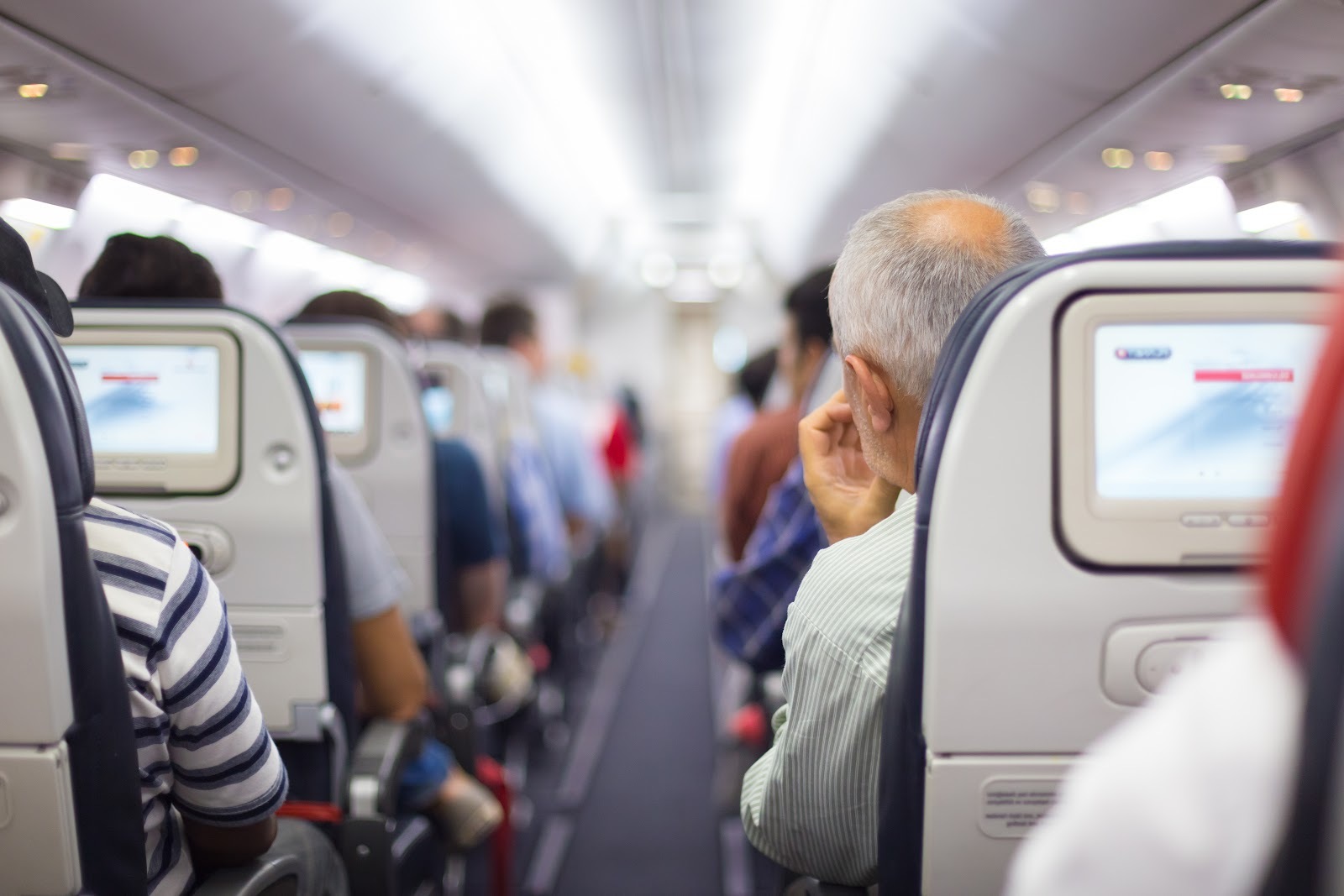
How do airlines decide which routes to fly? Airlines use a mix of data analysis, market demand, and financial forecasting to determine the most profitable routes. They consider factors like passenger demand, competition, airport fees, and fuel costs. Market demand plays a crucial role, as airlines aim to serve routes with high passenger interest. Competition also influences decisions, with airlines often avoiding routes dominated by rivals. Airport fees and operational costs can make or break a route's profitability. Fuel costs are another significant factor, as longer routes require more fuel, impacting overall expenses. By balancing these elements, airlines optimize their route networks for maximum profitability.
Key Takeaways:
- Airlines carefully choose routes based on profitability, competition, and seasonal demand. They use technology to optimize routes and consider economic and environmental impacts.
- Airline routes impact tourism, business growth, and job creation. The industry is evolving with trends like electric aircraft and AI for route planning.
Understanding Airline Route Economics
Airline route economics is a fascinating subject that combines elements of business, logistics, and geography. Airlines must consider numerous factors when deciding which routes to operate. Here are some intriguing facts about this complex process.
-
Profitability is Key: Airlines prioritize routes that promise the highest profitability. This involves analyzing passenger demand, ticket prices, and operational costs.
-
Hub-and-Spoke System: Many airlines use a hub-and-spoke system. This means they operate flights from smaller airports to a central hub, where passengers can transfer to other flights.
-
Seasonal Demand: Airlines adjust routes based on seasonal demand. For example, flights to tropical destinations increase during winter months.
-
Competition Matters: The presence of competing airlines on a route can influence an airline's decision to operate that route. More competition often leads to lower ticket prices.
Factors Influencing Route Selection
Choosing which routes to fly involves a mix of strategic planning and market analysis. Here are some factors that airlines consider.
-
Airport Fees: Airports charge airlines for using their facilities. Higher fees can make a route less attractive.
-
Fuel Costs: Fuel is one of the largest expenses for airlines. Routes that require more fuel can be less profitable.
-
Aircraft Availability: The type and number of aircraft an airline has can limit the routes they can operate. Larger planes are needed for longer routes.
-
Regulatory Restrictions: Some countries have regulations that limit the number of flights or airlines that can operate between two destinations.
The Role of Technology
Technology plays a significant role in optimizing airline routes. It helps airlines make data-driven decisions.
-
Advanced Analytics: Airlines use advanced analytics to predict passenger demand and optimize routes.
-
Flight Management Systems: These systems help airlines plan and manage their flights more efficiently, reducing delays and fuel consumption.
-
Dynamic Pricing: Airlines use dynamic pricing algorithms to adjust ticket prices based on demand, maximizing revenue.
Economic Impact of Airline Routes
Airline routes have a significant economic impact on the regions they serve. Here are some ways they influence local economies.
-
Tourism Boost: New airline routes can boost tourism, bringing more visitors and revenue to a region.
-
Business Growth: Improved air connectivity can attract businesses and investors, fostering economic growth.
-
Job Creation: Airlines and airports create jobs, from pilots and flight attendants to ground staff and maintenance crews.
Environmental Considerations
Airlines must also consider the environmental impact of their routes. Here are some facts about how they address these concerns.
-
Carbon Emissions: Airlines are working to reduce carbon emissions by investing in more fuel-efficient aircraft and alternative fuels.
-
Noise Pollution: Flight paths are designed to minimize noise pollution in residential areas.
-
Sustainable Practices: Many airlines are adopting sustainable practices, such as reducing single-use plastics and recycling waste.
Future Trends in Airline Route Economics
The airline industry is constantly evolving. Here are some trends that could shape the future of airline route economics.
-
Electric Aircraft: The development of electric aircraft could revolutionize short-haul flights, making them more environmentally friendly.
-
Urban Air Mobility: Innovations like air taxis could change the way people travel within cities, impacting traditional airline routes.
-
Artificial Intelligence: AI could further optimize route planning, making air travel more efficient and cost-effective.
The Bottom Line on Airline Route Economics
Airline route economics isn't just about flying planes from one place to another. It's a complex puzzle involving fuel costs, passenger demand, airport fees, and competition. Airlines constantly analyze data to decide which routes to keep, add, or drop. Profit margins can be razor-thin, making every decision critical. Understanding these factors helps explain why ticket prices fluctuate and why some routes disappear. Next time you book a flight, remember there's a lot more going on behind the scenes than meets the eye. From load factors to yield management, every aspect is carefully calculated to keep airlines in the air and profitable. So, the next time you wonder why your favorite route got canceled or why prices are high, think about the intricate dance of economics that keeps the aviation industry soaring.
Frequently Asked Questions
Was this page helpful?
Our commitment to delivering trustworthy and engaging content is at the heart of what we do. Each fact on our site is contributed by real users like you, bringing a wealth of diverse insights and information. To ensure the highest standards of accuracy and reliability, our dedicated editors meticulously review each submission. This process guarantees that the facts we share are not only fascinating but also credible. Trust in our commitment to quality and authenticity as you explore and learn with us.


